What gardeners need to know about planting and caring for yoshta
Increasingly, yoshta is found on the personal plots of domestic gardeners - planting and caring for shrubs is not difficult. Plant propagation is possible by all methods known to science, and the harvest of useful berries is always excellent.
For 100 years, breeders around the world have tried to create a hybrid of gooseberry and black currant. Despite the fact that only recently their efforts were crowned with success, the amazing shrub is very popular. Yoshta berries are larger than those of parental forms, there are no thorns on the branches, and the plant is also very decorative during flowering.
Growing Yoshta
Joshta captivates gardeners not only with the ease of reproduction - the shrub surpasses parental forms in many qualities. The hybrid is more resistant to pests and diseases, easily tolerates significant temperature changes. The plant is undemanding to the planting site, but the yield of juicy fruits will be richer if you choose a sunny open area for yoshta. The perennial berry crop reaches a height of 1.5 meters, and the crown diameter even exceeds these indicators.
It is interesting
The skin of the yoshta fruit is not as dense and tart as that of the “parents”, but this does not affect the safety of the berries. They can remain on the bushes for a long time, rot and mold do not appear on them.
Yoshta berries have medicinal properties due to their unique composition. They are recommended for such pathologies:
- avitaminosis;
- disorders of hematopoiesis;
- Iron-deficiency anemia;
- diseases of the gastrointestinal tract.
The openwork dark green leaves came from the black currant, and the shape and size of the fruit came from the gooseberry. Landscape designers have long noticed the graceful tall plant. They use it to decorate garden paths in parks and create dense hedges. In mid-spring, the green leaves are hidden under a variety of brightly scented flowers. The plant is no less decorative in summer, when clusters of fragrant berries ripen.
Propagation of a berry hybrid
Since yoshta reproduces well by vegetative methods (cuttings, dividing bushes), sowing seeds is rarely practiced. This method is advisable if the gardener wants to get new varieties for his collection.
Experts recommend the following types of yoshta breeding.
- Division of the bush. This method is effective, but rather laborious. A strongly overgrown bush in spring or autumn is dug up and unnecessarily long or damaged roots are removed. Then, with a sharp garden tool, the bush is divided into several parts. After processing the cuts with a garden pitch, they are planted for permanent residence.
- Autumn cuttings. This is the most common yoshta breeding method. The lignified annual shoots left over from the autumn pruning are divided into parts 12-20 cm long. Each cutting should have four buds, only two of which are left above the soil surface when deepening.
- Summer cuttings. The green cuttings are cut into pieces 10-12 cm long. All leaves, except the top two, are removed and a longitudinal incision is made above each bud. Cuttings are planted in greenhouses at a slight angle, the seedlings are constantly watered and the soil is loosened.
- Layers are horizontal or arcuate. Near an adult plant, they dig up and moisten the soil. A two-year-old branch or one-year-old shoot is bent to the ground, fixed with a bracket and sprinkled with soil. The newly formed bush is separated from the mother plant after a year.
Autumn breeding of yoshta is most often practiced.The procedure is carried out in late September or early October, one month before the onset of the autumn cold snap. This time is necessary for seedlings to build up the root system and accumulate nutrients.
Planting Yoshta
You can plant berry bushes both in autumn and spring. Before planting, you should check the quality of the planting material.
- The height of the shoots of the seedling does not matter. The main thing is its root system. It should be strong, well-grown. If dry or rotten areas are found, they must be removed, and the seedling should be soaked for a couple of hours in a pale pink solution of potassium permanganate.
- The lower the age of the planting material, the higher the likelihood of rapid rooting and fruiting.
- The bark covering the trunk and branches of the seedling should not be shriveled or dry. Under such a woody skin, as a rule, dead parts of the shrub are hidden.
Advice
If the planting of yoshta is carried out in the fall, then all the leaves must be removed by pinching. This should be done carefully so as not to damage the buds located in the leaf axils. This will help the seedling accumulate nutrients for a long winter.
5-6 liters of organic fertilizer are poured into the planting pit, sprinkled with earth and a small mound is formed on which the roots are carefully placed. The depth and width of the hole depends on the size of the planting material. When planting, the roots should not wrinkle and break off. The planting hole is covered with the remaining soil, lightly tamped and watered abundantly. Too long and dead branches are cut with a sharp pruner to build up young green shoots.
Berry bush care
The yield of yoshta does not depend on how the reproduction was carried out. But a shrub, planted in a dark place, bears fruit worse, and its branches stretch out quickly. It is advisable to place yoshta in such areas if it is intended for garden decoration. The cultivation of the hybrid as a berry crop is carried out in places that are open to sunlight for most of the day.
Yoshta prefers moderate watering. The best time for water treatments is early morning or late evening after sunset. When watering, experienced gardeners are guided by the condition of the soil under the bush. If it dries well, 10-15 cm deep, then water can be added to the soil. Stagnation of moisture under the roots should not be allowed, otherwise they will rot and the yoshta will die.
Advice
During the summer, you should mulch the soil several times with rotted hay or compost. This will help avoid cracking the soil, reduce the number of watering, and keep the roots and shoots from harmful insects.
The berry culture gratefully responds to the regular feeding:
- in the summer, the shrub is fertilized with organic matter (3-4 kg) and superphosphate (25-30 g);
- in early autumn, add 20 g of calcium sulfate;
- during the growing season, the plant is fed several times with mineral fertilizer, diluted in accordance with the instructions.
Yoshta doesn't need frequent pruning. It is enough to remove dried twigs and strongly elongated shoots. Garden and horticultural pests prefer to bypass the bush. It is extremely rare for a plant to be attacked by budworm colonies. In this case, experts recommend three times the use of any drug with an insecticidal effect.
What could be more pleasant for a gardener than a rich harvest of juicy berries that begin to ripen in the middle of summer. Connoisseurs distinguish tart nutmeg notes in the taste of the fruit. Gardeners collect up to 10 kg of ripe berries from each bush. When torn off, they are stored for several days in a dry and shallow container.
Joshta fruits are used to prepare jam and jams, they are used as a filling for pies and sweet rolls. But the plant is valued not only for the berries rich in vitamins. Ease of reproduction and undemanding care allow you to decorate and refine the local area.This shrub successfully combines high decorativeness with abundant fruiting.

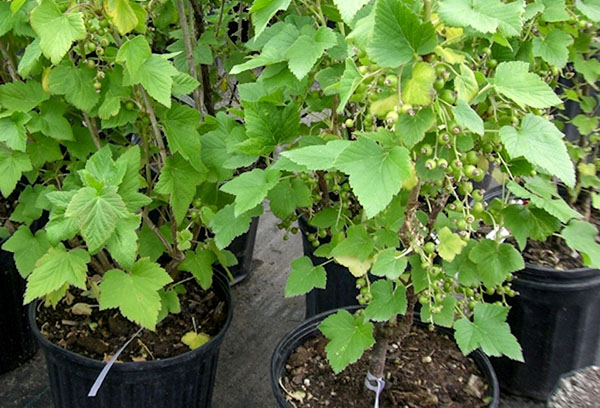
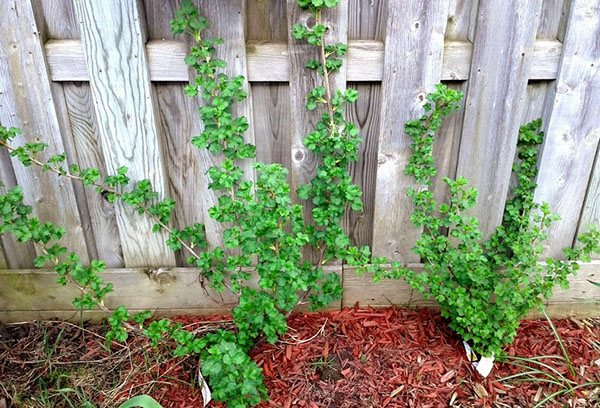
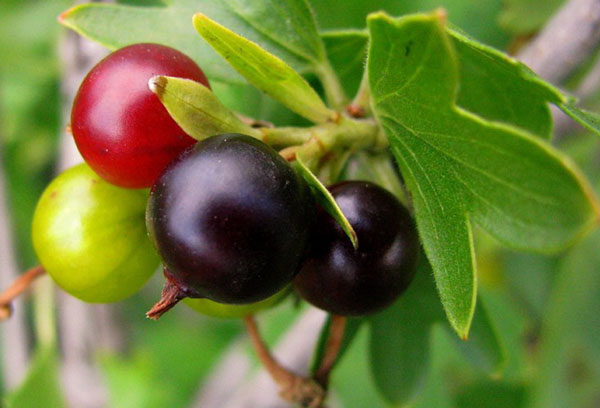
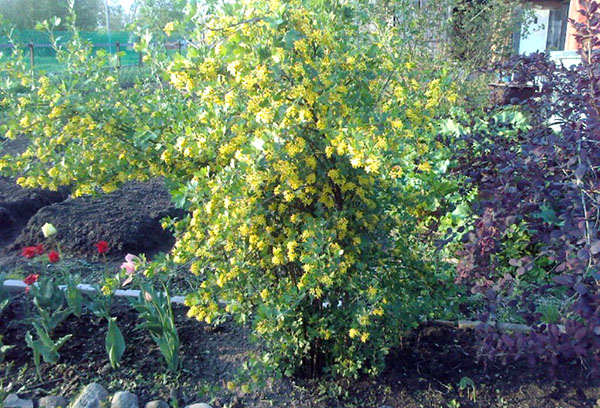
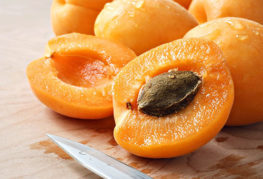

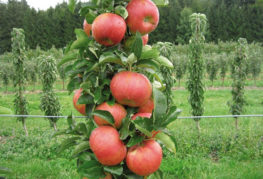

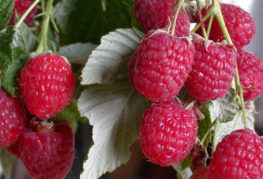
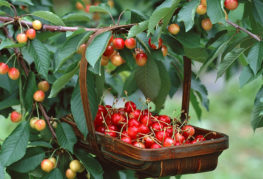
and will be published shortly.